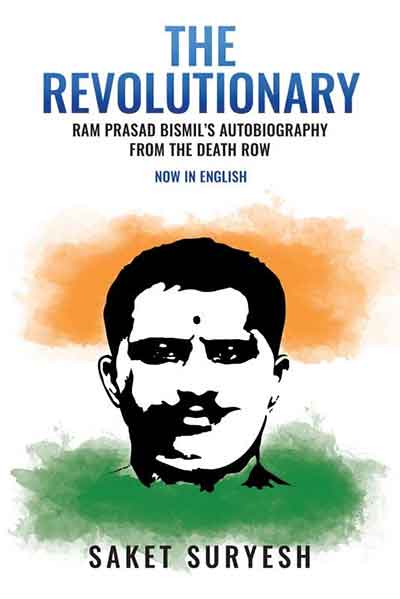
In one of the most inspiring examples of highly courageous spontaneous actions based on the unity of people, parallel governments were formed by freedom fighters in several parts of India in the course of the Quit India Movement in 1942. Although generally four such leading efforts have been identified in Satara ( Maharashtra), Talcher ( Odisha), Tamluk ( W.Bengal) and Ballia ( Uttar Pradesh), there were some other smaller efforts as well such as those in Bhagalpur ( Bihar) and Gurpal ( Balasore, Odisha).
It is very interesting to see in most of these efforts (also very significant for understanding the freedom movement) that there was constant merging of the various streams of the freedom movement, with more militant activities openly taking place with the help of quickly mobilized militias and this being combined with various constructive programs emphasized by Mahatma Gandhi such as anti-liquor efforts and anti-untouchability movements. In addition we see actions in accordance with peasants and workers’ movements as well.
This can be very clearly seen in the great upsurge at Ballia during August 9 — August 21 1942. Once Mahatma Gandhi had given his Quit India call the colonial rulers unleashed their full-fledged repressions and the most senior leaders including Mahatma Gandhi and Jawaharlal Nehru were immediately arrested. Angry people at several places now took the matter in their hands. In Ballia a man at the centre of the spontaneous movement was Chittu Pandey, who had been a part of the Gandhian freedom movement for nearly 17 years and in the course of numerous struggles had won the confidence of people. Both Jawaharlal Nehru and Subhash Bose have referred to him as the Lion of Ballia or Sher-e-Ballia.
Starting from August 9 there were several mobilizations of people with students playing an important role and women also coming forward in significant numbers. There was a big effort to unfurl the tricolor at Berriah police station which led to several freedom fighters being martyred. Next day people came out in even higher numbers and even more of them were seen to be marching from various villages with the stated aim of freeing their leaders from jails. The collector panicked and went to personally free Chittu Pandey and appealed to him to exercise such control over the increasing gatherings as to avoid loss of life.
So for some time control passed from the hands of the collector as the representative of the colonial government to a people’s government or a parallel government. As Jawaharlal Nehru has written, “In Ballia the British rule ceased to exist. The whole structure of British rule collapsed, from top to bottom.” Quickly the freedom fighters made efforts to start governance and declared the formation of a national government to operate temporarily from Ballia!
However this was too important and central a place for the British to lose control and huge armed forces were sent around August 22-23. Although an armed unit had been formed by the freedom fighters to defend the town, this was hardly adequate to face the strong army of colonial rulers. What followed was cruel repression and revenge.
However the parallel government or Patri Sarkar formed in Satara could resist and continue for a much longer time, maintaining at least some form of existence for almost three years or so. Nani Patil was an important leader here. This movement of freedom fighters succeeded in setting up village community organizations, contributing to durability. These led efforts for return of mortgaged land to peasants in some places.
In Tamluk, near Midnapur, again the parallel government could last longer and helped people to survive during devastation caused by a cyclone by distributing food grain among them.
In Odisha, in Talcher but also to a letter extent in Basudevpur the movement was strong in villages for some time and identified with the toiling people and working class.
It is remarkable that despite strong likelihood of the administration unleashing cruel repression sooner or later many, many people work very actively and with continuity for the success of these parallel governments and within all their limitations these governments could implement several welfare and reform activities. Combining both militant efforts and Gandhian constructive programs, these remind us of significant levels of unity of various streams of freedom movements, in several contexts, in critical times.
Bharat Dogra has contributed several articles, booklets and books on the freedom movement. His recent books include When the Two Streams Met and Azadi Ke Deewanon Ki Daastaan.
















































